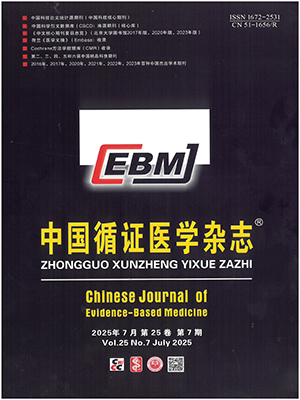Medical simulation teaching is a bridge course from theoretical knowledge to clinical practice. At present, the medical simulation teaching is facing many problems. The iSIM is a systematic method to optimize medical simulation teaching. It aims to maximize the effect of medical simulation teaching by various teaching methods and assistant technologies. The combination of iSIM and medical simulation teaching can develop the correct clinical thinking, improve the clinical skills and strengthen the communication skills, so as to improve the medical quality in the real clinical environment. Based on experience Center of Experimental Teaching on Clinical Skills of West China Hospital , this paper introduces how to use iSIM to optimize medical simulation teaching.
Citation: ZHANG Yuwei, LIU Yuqi, PU Dan, HE Manqing, ZHOU Zhou, LI Weimin. Application of iSIM to optimize medical simulation teaching. Chinese Journal of Evidence-Based Medicine, 2017, 17(6): 726-729. doi: 10.7507/1672-2531.201701069 Copy
Copyright © the editorial department of Chinese Journal of Evidence-Based Medicine of West China Medical Publisher. All rights reserved




